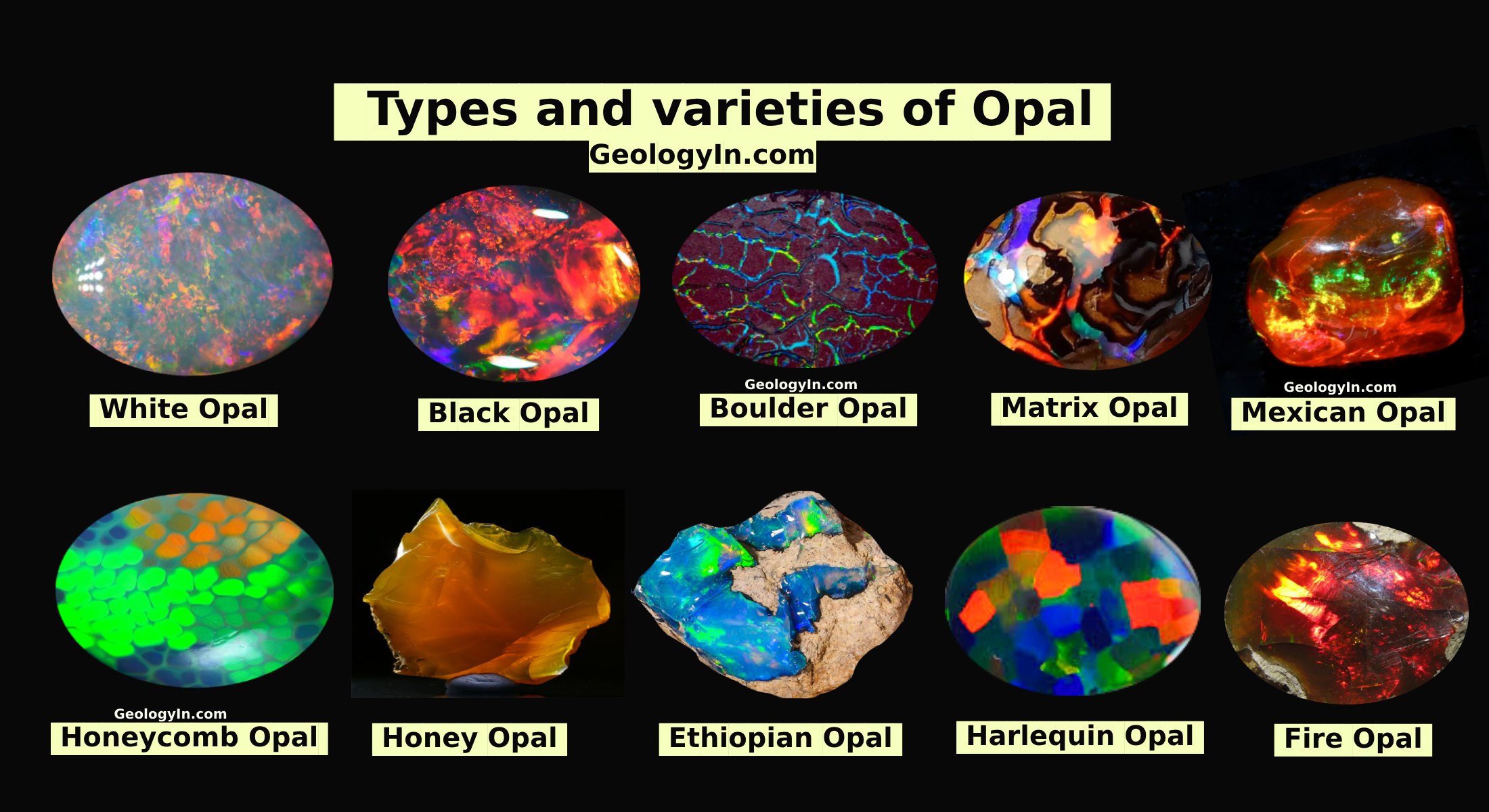What is Tiger Iron
Tiger Iron is a natural stone composed of three distinct minerals—tiger's eye, red jasper, and hematite—layered or blended together.
Tiger Iron, a combination of Golden Brown Tiger Eye, Hematite, and Red Jasper, exhibits the metaphysical properties of its components as well as its own. It is part of the Banded Iron Formation, a sedimentary sequence laid down some 2.5 billion years ago.
Composition
- Tiger's Eye: A chatoyant (cat's-eye effect) variety of quartz, known for its shimmering golden-brown appearance.
- Red Jasper: A microcrystalline variety of quartz, typically red due to iron inclusions, adding rich, earthy tones.
- Hematite: An iron oxide mineral that gives Tiger Iron its metallic gray or silver sheen.
These minerals come together through a fascinating geological process.
 |
Giant Tiger Iron Slabs from Australia |
Formation
Tiger Iron originates in banded iron formations (BIFs), ancient sedimentary deposits laid down in shallow marine basins during the Precambrian (≈1.8–2.5 billion years ago). These rocks formed under alternating oxygen-rich (oxic) and oxygen-poor (anoxic) conditions, creating rhythmic layers of iron oxides (e.g., hematite) and silica-rich sediments. Over time, tectonic forces buried these deposits, subjecting them to regional metamorphism during orogenic (mountain-building) events.
During metamorphism, silica-rich layers recrystallized into quartz, while iron oxide layers transformed into hematite, preserving the original banded structure. Notably, crocidolite (blue asbestos) fibers within some silica layers underwent pseudomorphic replacement: silica gradually replaced the asbestos while retaining its fibrous texture, forming the chatoyant "tiger’s eye" quartz. This process required low- to medium-grade metamorphic conditions (greenschist to amphibolite facies), sufficient to alter minerals without destroying the stone’s banding or optical properties.
Tiger Iron is typically found in ancient cratonic margins and greenstone belts, such as those in Western Australia’s Pilbara and Yilgarn cratons. These stable tectonic settings allowed the preservation of BIFs and their metamorphic products over billions of years, making regions like the Hamersley Basin globally significant sources of Tiger Iron.
 |
| Rough Tiger Iron from Australia. |
Physical Properties
Color: Tiger Iron features a striking banded appearance with layers of:
- Golden-brown from Tiger’s Eye
- Dark silver to black from Hematite
- Red from Jasper
Luster: The rock exhibits a mix of lusters depending on its components:
- Silky from Tiger’s Eye
- Metallic from Hematite
- Waxy to vitreous from Jasper
Streak: The Hematite component produces a reddish-brown streak when scratched against an unglazed surface.
Hardness: Tiger Iron has a hardness ranging from approximately 6.5 to 7 on the Mohs scale, varying slightly depending on which mineral (Tiger’s Eye, Hematite, or Jasper) is most dominant.
Specific Gravity: The specific gravity ranges from 2.65 to about 4.9 g/cm³. It is heaviest when Hematite, the densest component, is more abundant.
Fracture: The type of fracture depends on the mineral:
- Conchoidal (smooth, curved breaks) in the Jasper and Quartz components
- Uneven (rough, irregular breaks) in Hematite
Cleavage: Tiger Iron shows no cleavage. This is because Quartz and Jasper are cryptocrystalline (lacking visible crystal structure), and Hematite’s cleavage is not typically observable in this composite rock.
Chatoyancy: the Tiger’s Eye layers display a silky, cat’s-eye reflectance, especially when polished perpendicular to the fiber direction. This optical effect is caused by aligned, fibrous quartz replacing crocidolite.
 |
| Polished Tiger Iron: Lustrous Surface Reveals Stunning Patterns and Rich Colors. |
Optical & Aesthetic Properties
Chatoyancy: This distinctive shimmering effect in Tiger’s Eye arises from the fibrous structure of quartz, which reflects light in a way that mimics a cat’s eye. It is most pronounced when the stone is cut and polished perpendicular to the fiber direction.
Banding: A diagnostic feature of Tiger Iron is its alternating layers:
- Metallic (Hematite)
- Fibrous golden (Tiger’s Eye)
- Opaque red (Jasper)
This banding contributes significantly to its visual appeal.
Opacity: Tiger Iron is mostly opaque. However, some translucent edges may appear in the Tiger’s Eye zones, adding to its aesthetic complexity.


%20(1).webp)






